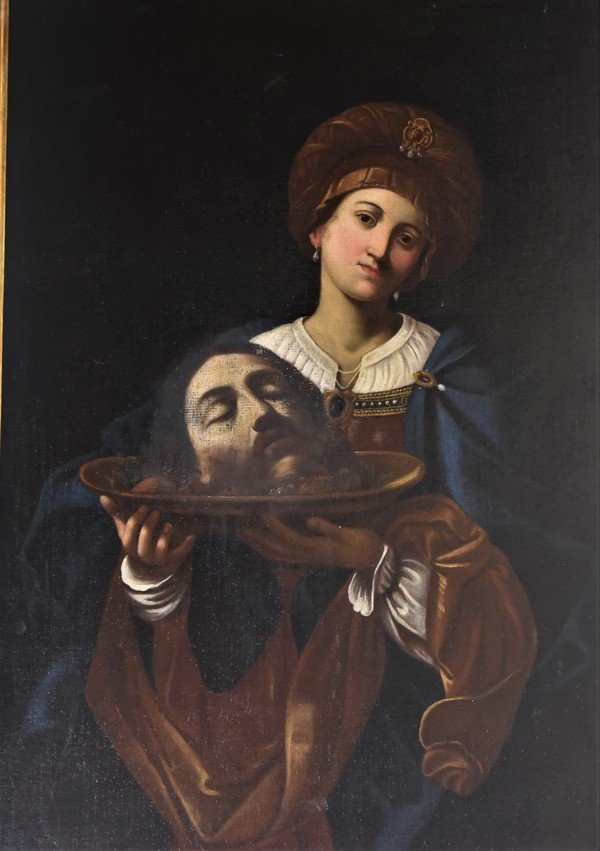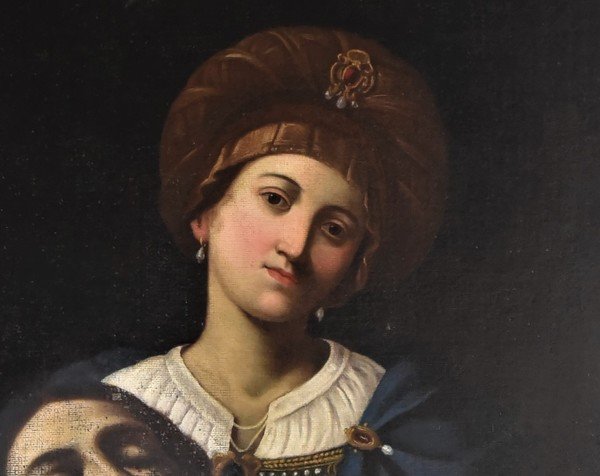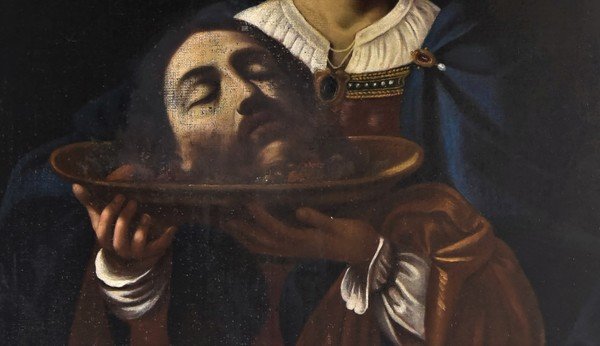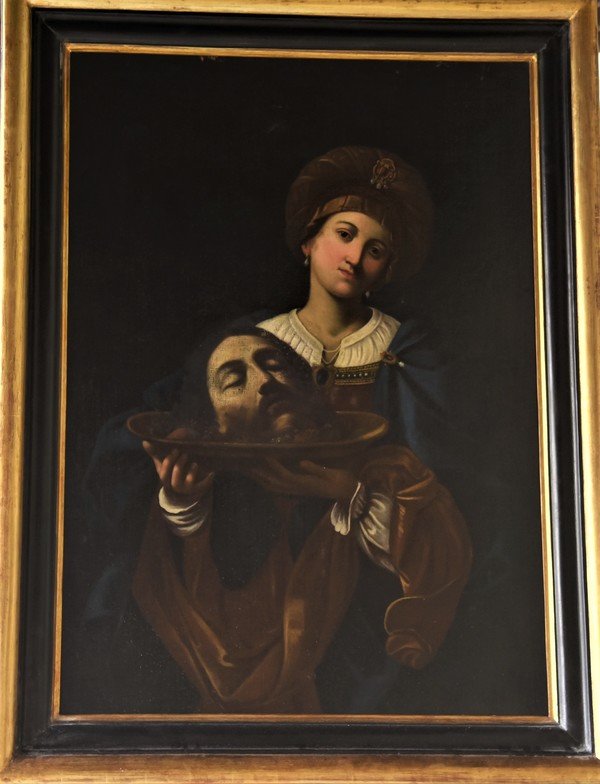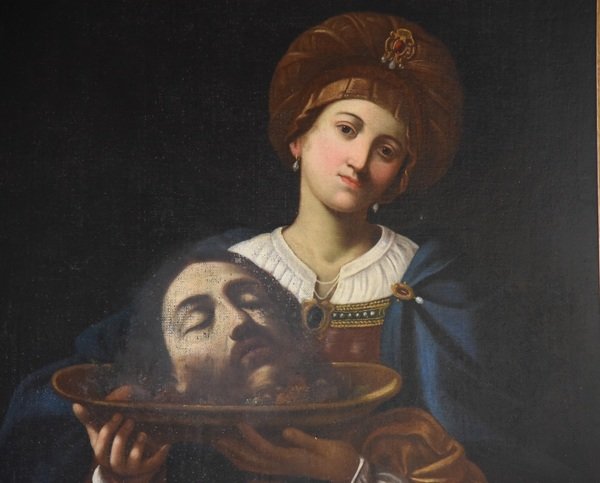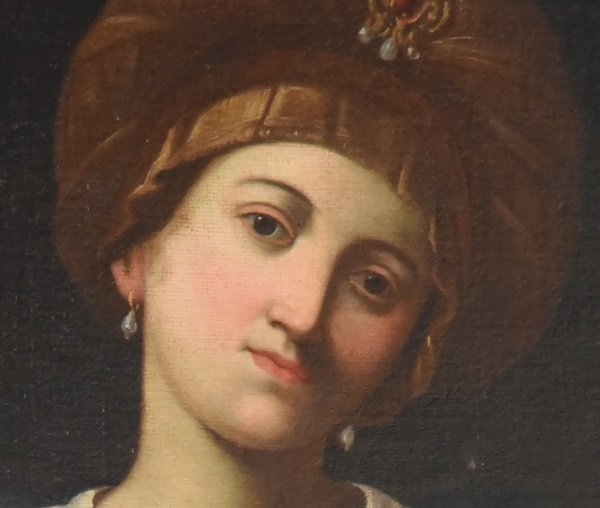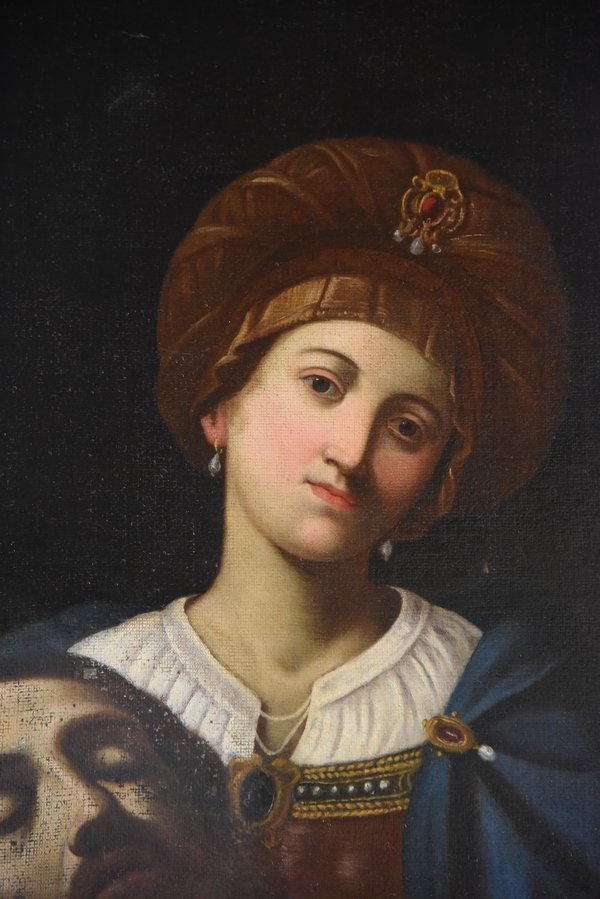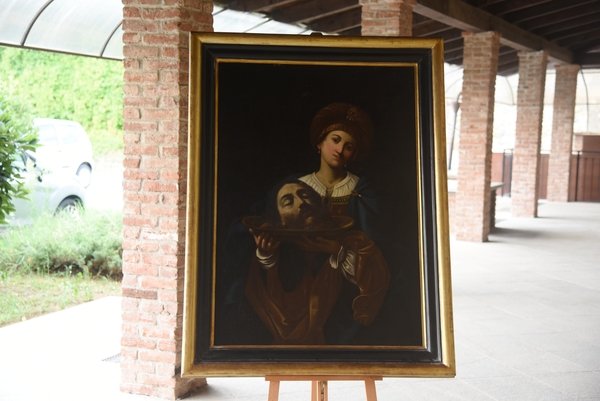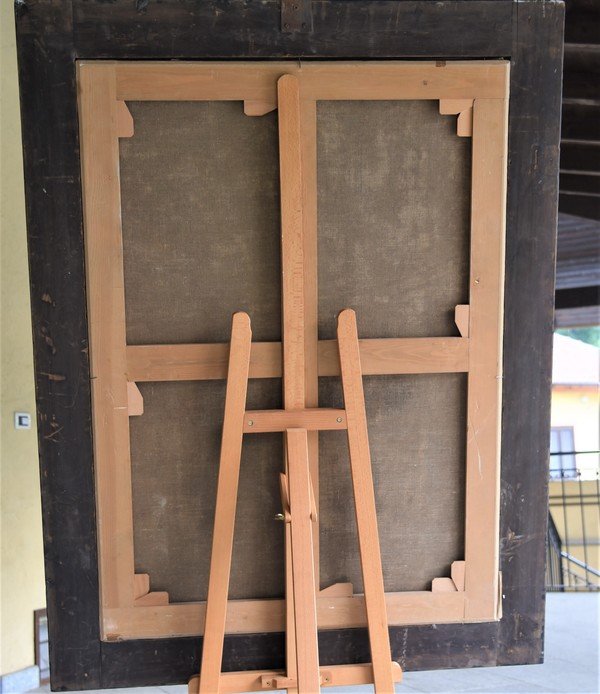"Ancient 17th Century Painting"
Salome with the head of the Baptist famous copy of Guido ReniCircle of Guido Reni - possible Attribution to Giovanni Francesco Gessi pupil of Guido Reni.
The typical canvas of the Neapolitan school of the period could coincide with Gessi's stay in Naples where he created works.
The painting was re-painted and restored
Salome (around 14 - between 62 and 71) was a Jewish princess, daughter of Herodias and Herod Philip I, protagonist of an episode narrated in the Gospel of Mark (6,17-28) and in the Gospel of Matthew (14, 3-11), which sees her as the protagonist in the story of the martyrdom of John the Baptist.
“… Herodias' daughter danced in public and Herod liked it so much that he promised to swear to give her everything he asked for. And instigated by her mother, she said: "Give me here, on a tray, the head of John the Baptist ..."
In the biblical passages in which Salome appears, she is called, as we see, not with her own name, but with the nickname "daughter of Herodias". It is only with the historian Giuseppe Flavio that one gets to know the name of the "daughter of Herodias", Salome.
The Salome described in the passages of the Gospel is devoid of motivations and of its own will: in fact it seems to be an instrument of the perfidious will of the mother. Only in making the request to Herod does he have his own initiative: he asks to have John the Baptist's head on a plate, so as not to get his hands dirty or because only the idea of touching the macabre object with his hands stirs up horror. For this reason, the plate will become Salome's distinctive attribute in most of the iconographies that concern it. Is Herodias' daughter just a literary device? In reality, a historical Salome really existed and we have the profile of it on a line of a coin minted in 54 AD.
Salome's story is a cross between history and legend, a myth faced for centuries by artists in every field: Caravaggio in painting, Oscar Wilde in theater, Richard Strauss in music.
In the artistic model, Salome, the mother's unconscious young tool of revenge, becomes the symbol of the most devastating and morbid lust.
Caravaggio chose to depict not the sinful dance, but the moment when the Baptist is tortured. The scene of the painting takes place inside a prison, as shown by the two prisoners facing a grate; the twilight envelops the characters, the execution probably takes place at the first light of dawn and only a ray of light makes one perceive the horror of the crime.
The jailer who assists the scene undaunted has the features of Philippe de Wignancourt, brother of the Grand Master of the Order; in San Giovanni Battista the painter probably represented his victim.
Titian paints Salomé with the head of the Baptist in 1515. This early masterpiece still has Giorgioneschi's color and poetics. The scene is in fact veined with refined lyricisms and probably represents Salome, given the presence of the handmaid and the tray, where according to the writings the head of the Baptist would have been placed. But, as with other works of the genre, the subject has sometimes been linked to Giuditta, whose moral contents are quite distinct from those of Herod's stepdaughter.




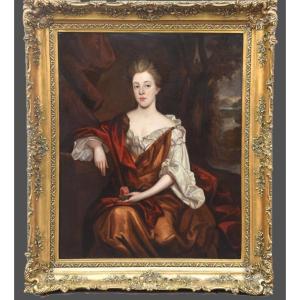


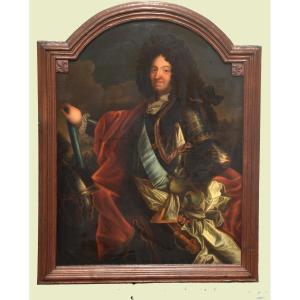

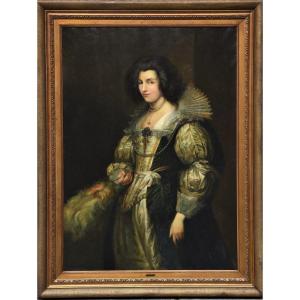
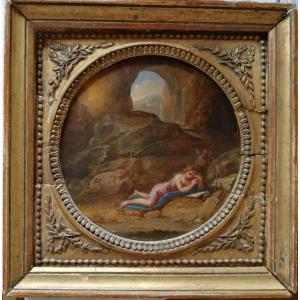
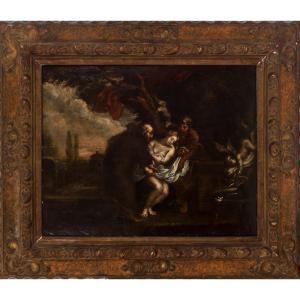
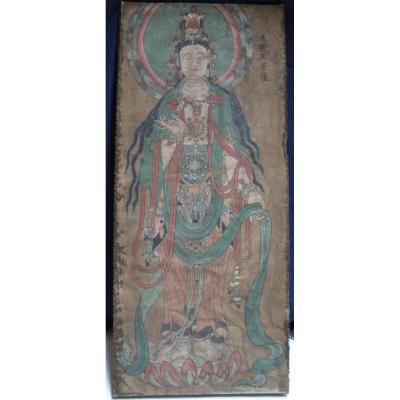

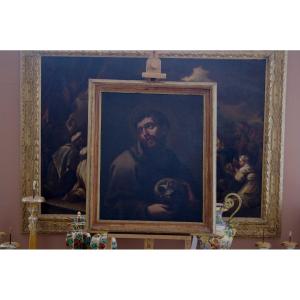





 Le Magazine
Le Magazine Rivista Artiquariato
Rivista Artiquariato TRÉSORS magazine
TRÉSORS magazine
